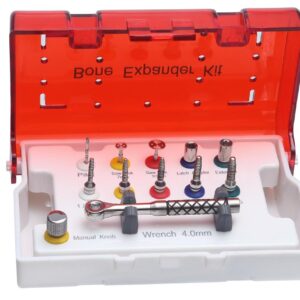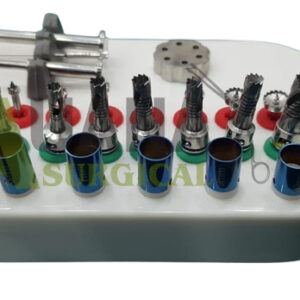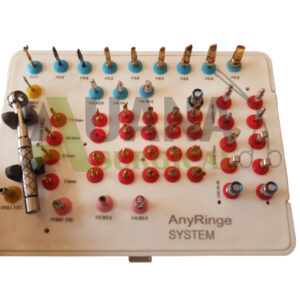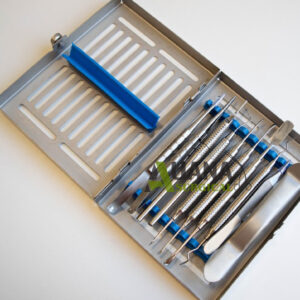-

-
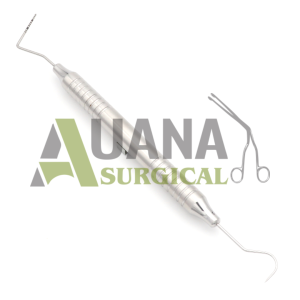
-
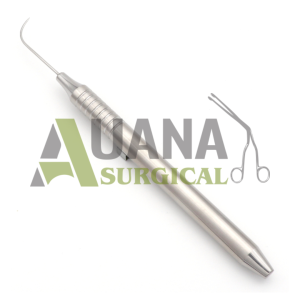
-
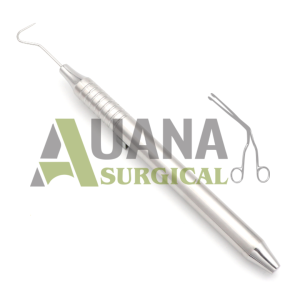
-
Sale!

-
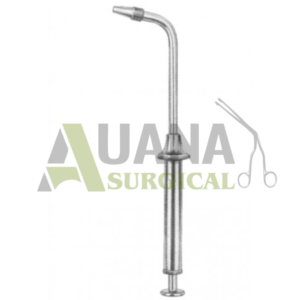
-

-
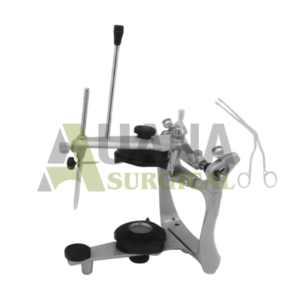
-
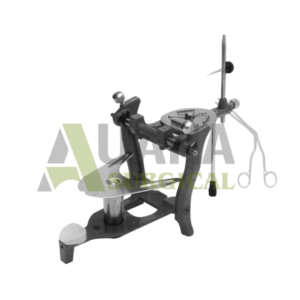
Articulator
Read moreAn articulator is a crucial tool in dentistry, specifically in prosthodontics, orthodontics, and oral surgery. It is a mechanical device that simulates the movements of the temporomandibular joint (TMJ) and allows dental professionals to analyze and replicate the occlusal relationship between the upper and lower teeth. Essentially, an articulator serves as a substitute for the patient’s jaw, enabling dentists and dental technicians to study and manipulate dental models outside of the patient’s mouth.
The primary function of an articulator is to replicate the complex movements of the mandible (lower jaw) in relation to the maxilla (upper jaw). This is essential for various procedures, including the fabrication of crowns, bridges, dentures, and orthodontic appliances. By accurately replicating the patient’s occlusal relationship, an articulator helps ensure that dental restorations fit properly, function effectively, and maintain the patient’s natural bite.
Articulators come in various types and designs, ranging from simple mechanical devices to sophisticated computerized systems. The most basic articulators, known as hinge articulators, replicate only the opening and closing movements of the jaw. These are suitable for simple dental procedures where precise occlusal adjustments are not required.
More advanced articulators, such as semi-adjustable and fully adjustable articulators, offer greater versatility and accuracy. Semi-adjustable articulators allow for adjustments in the condylar inclination and intercondylar distance, while fully adjustable articulators can replicate a wide range of mandibular movements, including protrusive and lateral excursions. These articulators are commonly used in complex restorative and reconstructive cases where precise occlusal registration is essential.
In addition to mechanical articulators, digital or virtual articulators have emerged with the advancement of technology. These articulators utilize computer software and digital imaging to simulate jaw movements and occlusal relationships. Digital articulation offers advantages such as enhanced precision, efficiency, and the ability to store and transfer digital records electronically.
Overall, articulators play a vital role in modern dentistry by facilitating accurate diagnosis, treatment planning, and fabrication of dental prostheses. Whether mechanical or digital, articulators enable dental professionals to achieve optimal outcomes by ensuring proper occlusion, function, and aesthetics in restorative and orthodontic procedures. Their versatility and precision make them indispensable tools in dental practices worldwide.
-
Sale!

-

Backhaus Towel Clamp
$ 5 Add to cartSize: 140mm, Not perforating and not damaging.
Technical Specifications:
Size: 140mm
Material: Stainless Steel
Rusting Prevention Procedure: Passivated
Ultrasonic Cleaned: Yes
Dull-Polished: Yes
Usage: Left Hand or Right Hand
Tests Performed: Performance Test, Shape Test and Boil Test.
Packing: Individually Packed
QC Passed: Yes -
Sale!
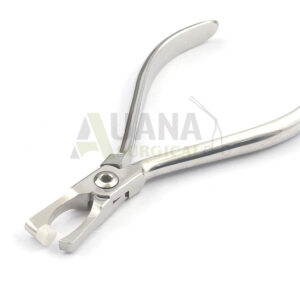
-
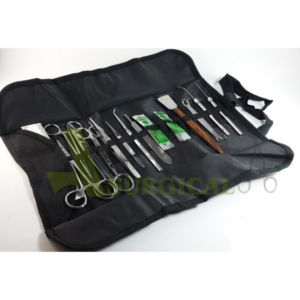
-
Sale!
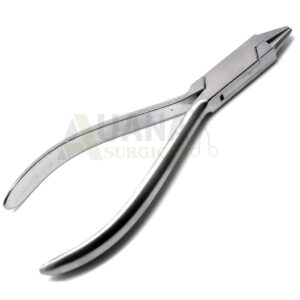
-

Bone File
Read moreA dental bone file is a specialized instrument used in oral surgery and periodontal procedures to smooth and shape bone surfaces. It is an essential tool in dental practices, particularly in procedures involving tooth extractions, bone grafting, and implant placement. The design of a dental bone file typically consists of a long, slender handle with a working end that has a flat or curved surface with fine serrations or ridges.
One of the primary purposes of a dental bone file is to remove irregularities and sharp edges from bone surfaces following extractions or surgical procedures. After a tooth extraction, for example, there may be rough edges or bony prominences that need to be smoothed to ensure proper healing and to facilitate the placement of dental implants or prosthetics. The bone file allows the dentist or oral surgeon to gently reshape the bone without causing trauma to surrounding soft tissues.
In addition to smoothing bone surfaces, dental bone files are also used to contour bone during procedures such as bone grafting. Bone grafting involves taking bone from one area of the body or using synthetic materials to augment or replace missing bone in the oral cavity. The bone file allows the dentist to shape the graft material to fit precisely into the desired location and to ensure proper integration with the surrounding bone.
The design of dental bone files may vary depending on the specific procedure and the preferences of the practitioner. Some bone files have a flat working end, while others have a curved or angled shape to facilitate access to different areas of the mouth. The working end of the bone file may be single-ended or double-ended, with each end serving a different purpose or having a different curvature.
In terms of materials, dental bone files are typically made from stainless steel or other medical-grade metals that are durable, corrosion-resistant, and easy to sterilize. This ensures that the instrument can be used safely in the oral cavity without risk of contamination or infection.
Overall, the dental bone file plays a crucial role in various dental procedures, helping to ensure optimal outcomes for patients by promoting proper healing, facilitating bone regeneration, and enhancing the stability and longevity of dental restorations. Its precision and versatility make it an indispensable tool in the field of oral surgery and periodontics, where meticulous attention to detail is essential for successful treatment outcomes.
Dental Instruments Manufacturers in Pakistan – Auana Surgical


